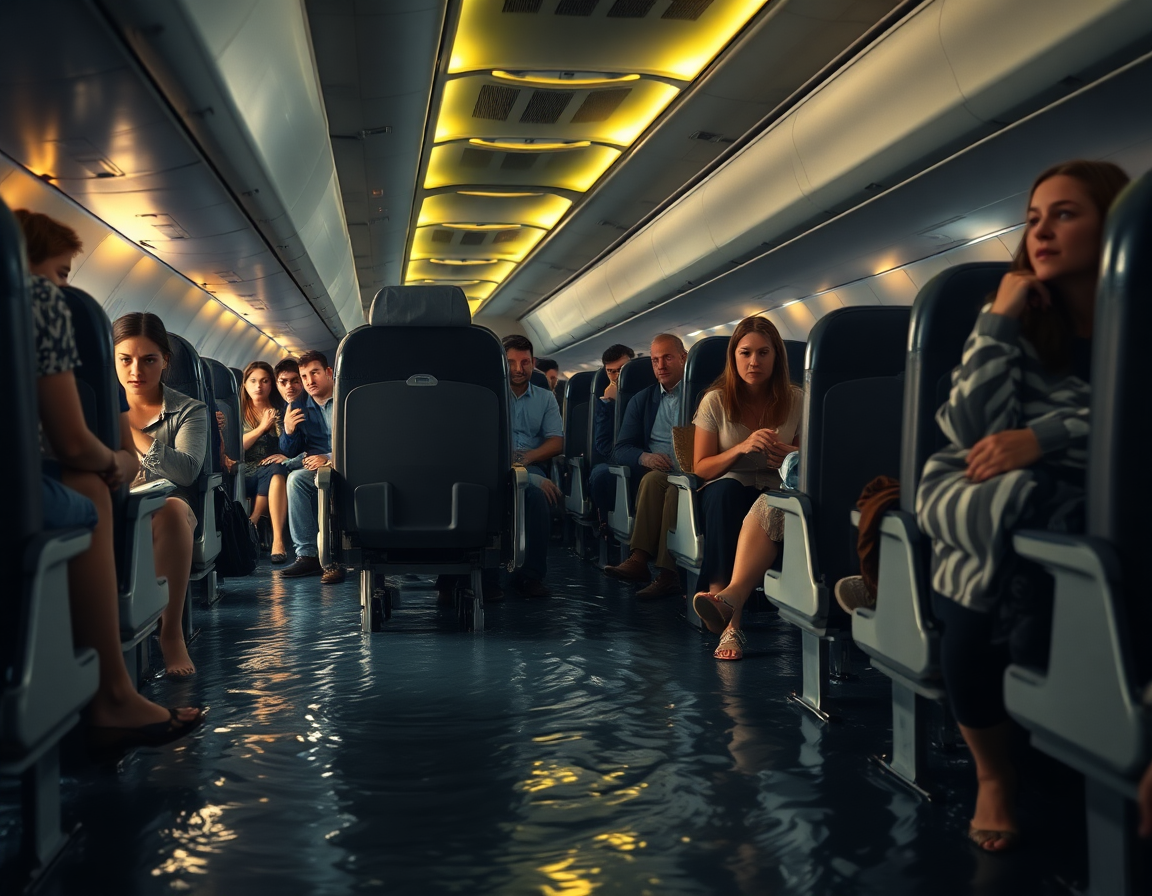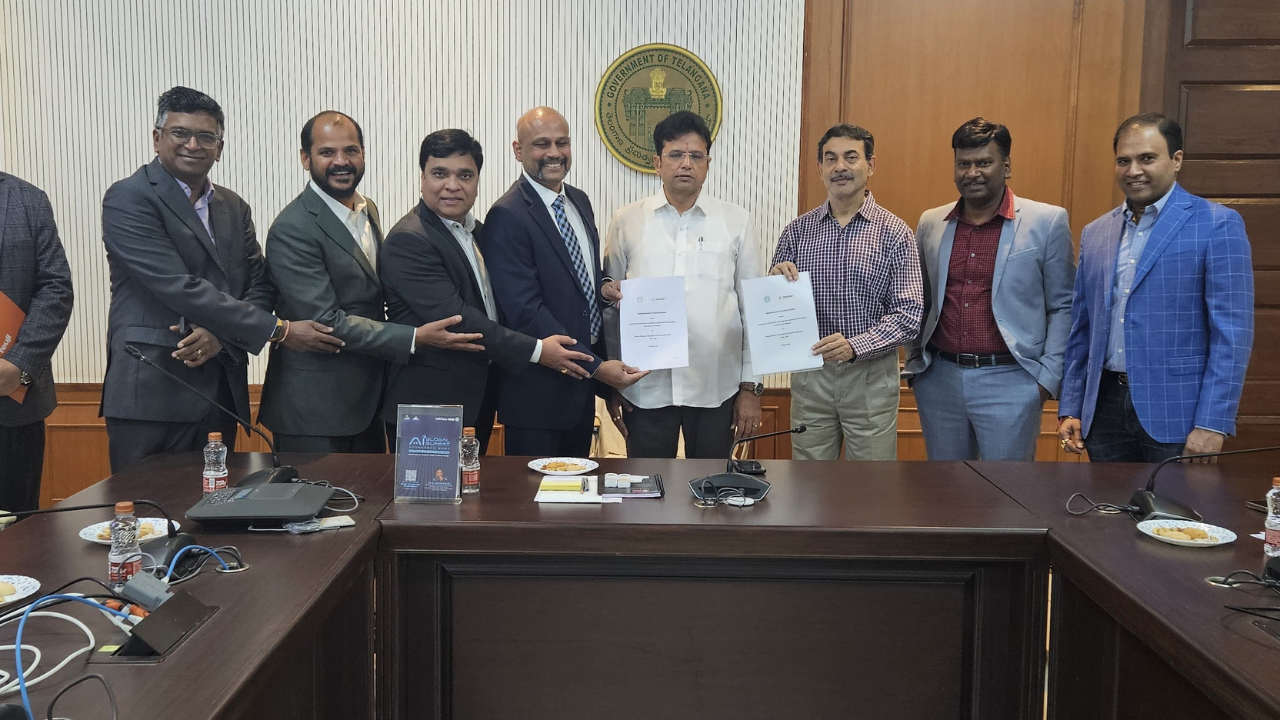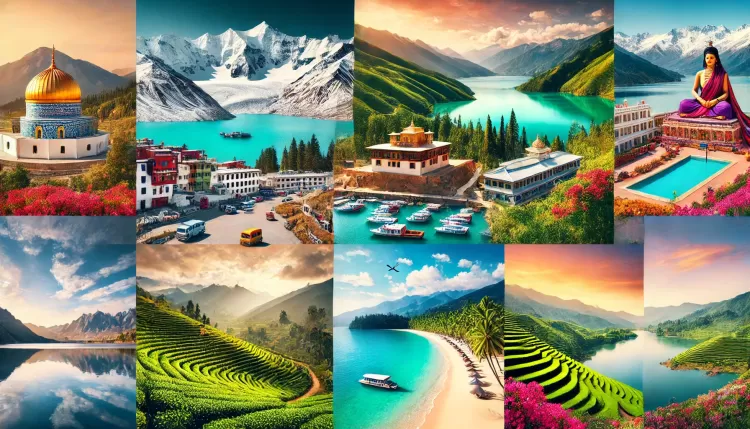Rivers, nostalgia, and solitude: Poet Jayanta Mahapatra’s essential art at 94
‘Up close, I see him as an individual who holds in his gentle palms the key to lead us back to a humane reality and the natural world.’


What other answers can one think of
on a late autumn night,
when centuries drift quietly in the air,
rising like a mist from steaming rivers
toward this visionary part of one?
How does one describe the corpus of a poet about to turn 95? How does one describe the span of his life by a thousand-year-old city by a river? It is not measurable by the number of books he has written, or events he graced, or even the numerous awards and honours given to him. In an age where anything and everything is publishable, and the written or spoken word no longer needs incubation in the womb of trepidation and hope, all of it clamours to be called poetry or literature.
Jayanta Mahapatra’s work – many refer to him as a living legend of Indian English poetry – unyoked as it is to the artefacts of our fast-paced consumerist times, has remained essential art. Developed at a later stage of the physicist-turned poet’s life, this art speaks of trying times as well as embedded happiness.
Although a problematic word, especially from a feminist post-colonial perspective, I shall be using the term “anthropocene” (which, some suggest, should be replaced by “ capitalocene”) to note that this anthropocene era is...



































![Safari Thorium Neo 8-Wheel Luggage Set Trolley Bags (Set of 3) at just Rs. 5,599 [MRP 29,100]](https://savefree.in/uploads/images/202409/image_870x580_66f63845060f0.webp?#)












![Handmade Brown Mango Wood Chopping Board At just Rs. 89 [MRP 599]](http://savefree.in/uploads/images/202303/image_870x580_641bf7e9c2206.jpg?#)


